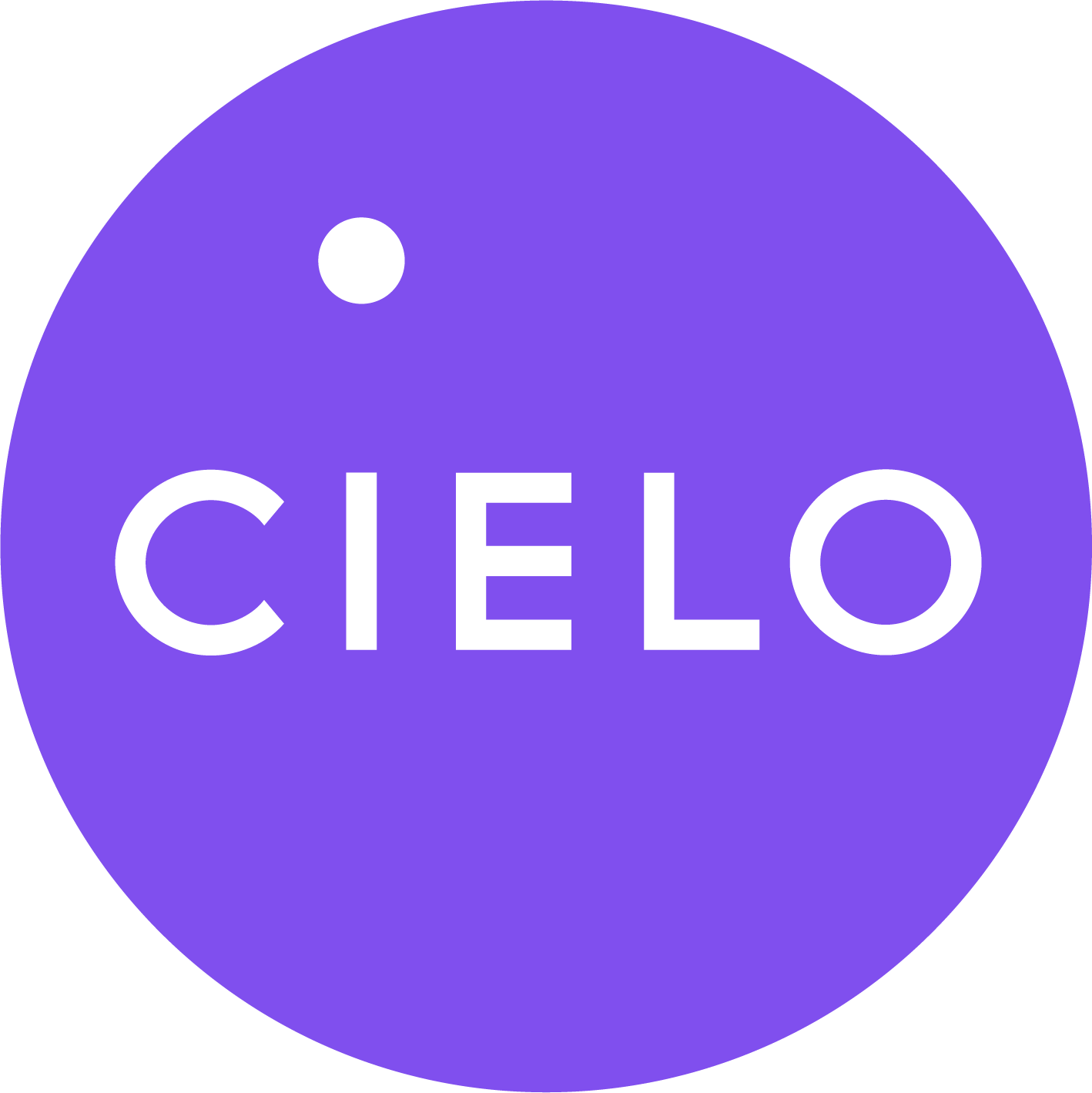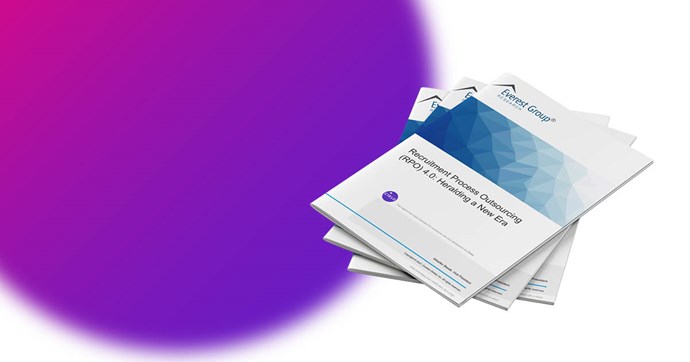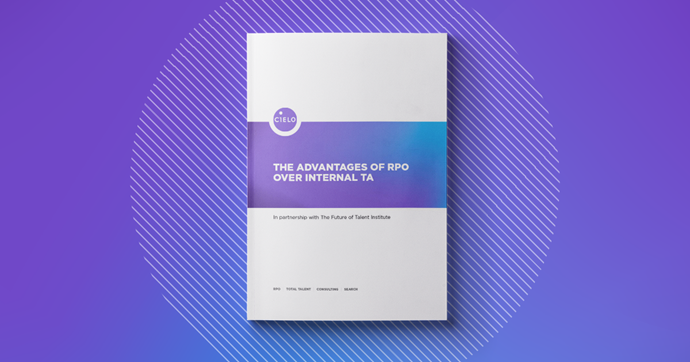The right people are the single most critical factor in any company’s success, but an effective, best-in-class, talent acquisition function can be difficult to achieve for even the most experienced leaders. Partnering with a recruitment process outsourcing (RPO) provider can help TA teams break through barriers, keep up with innovation, stand out from the competition, and drive measurable business results.
Here are five common talent acquisition challenges you can solve with the right RPO partner:
1. Finding and engaging quality talent
Competition for quality talent is fierce. Ongoing skills gaps, an evolving workforce, and macroeconomic conditions make it difficult to fill roles quickly and effectively using standard methods. Today’s candidate-driven market also allows individuals to be more selective: 41% of workers are considering changing jobs this year, according to a study by Microsoft. In order to stand out, businesses need to deliver a digitally-savvy, insight-led candidate experience, as well as a compelling employee value proposition.
Bringing a recruitment partner on board ensures your talent acquisition function operates at peak performance to compete successfully for talent in this environment. Experienced recruiters have the skills, industry knowledge, lead technology and relationships necessary to engage and delight top-tier talent at every stage of the recruitment process. By working alongside your hiring managers an RPO provider can help you build and maintain a winning employer brand that brings the best and the brightest into your talent pipeline.
View Whitepaper: Guide to Quality of Hire
2. Managing recruitment costs
Recruitment often faces competing pressures from leadership: keep recruitment costs and overhead low while acquiring a steady stream of high-quality talent and staying up to date on the latest tech-enabled processes. Unfortunately, operating reactively to talent needs leaves little time to build a forward-looking strategy to fill roles efficiently now and in the future. Relying heavily on cost-per-hire metrics often leaves other soft and hard costs related to unfilled positions unattributed, making it hard to identify areas for cost savings and advocate for further investments.
However, with RPO, improved TA and cost savings go hand in hand. The right RPO partner takes a holistic view of talent acquisition at your company to determine the overall impact open positions have on bottom lines. From there, your recruitment partner recommends and implements processes, strategies and technologies that allow your team to deliver quality outcomes, with efficiencies and savings as an added business benefit.
Read More: 6 Key Talent Acquisition Cost Reduction Metrics
3. Implementing and using technology effectively
Advancements in technology, automation and artificial intelligence have undoubtedly driven significant benefits for HR. Today, there is a massive marketplace of solutions to choose from, with most TA teams making at least one technology purchase over the past year.
Because of the sheer amount of available technology solutions, many teams struggle to capture value from these buys. Collecting the right set of point solutions – and developing the expertise required to use them – is overwhelming. Pursuing unproven technologies ultimately wastes time, resources and money that could be better spent.
By finding the right recruitment partner, TA teams can eliminate these innovation roadblocks. RPO partners bring their clients a host of solutions for sourcing, recruitment marketing, process automation, and predictive analytics that would otherwise come at prohibitive costs. These partners also have the experience and resources to stay on top of ongoing innovation and consult your team on which new technologies will deliver meaningful results now and in the future.
View Whitepaper: Tech-Enabled Talent Acquisition: A Strategic Investment for Success
4. Creating a flexible and agile talent acquisition strategy
A flexible TA strategy that can adapt to external challenges is critical, but without the right resources, it can be hard to move with agility. Periods of increased hiring can quickly overwhelm teams of recruiters and hinder time to fill, quality of hire, and other key metrics. On the other hand, when demand decreases, companies are left with fixed costs and underused resources that waste money. Time spent dealing with these short-term TA problems also deprives leaders of the chance to develop more strategic processes and approaches for the future.
RPO providers eliminate these dilemmas. In times of expansion and growth, your partner can seamlessly add resources and adjust strategy to meet your growing hiring needs and empower your team of recruiters. With an expert balance of people, process and technology, when hiring volumes decline, your RPO partner can scale back resources so the level of support matches the changing business demand without impacting your internal team or the service delivered to stakeholders. Furthermore, an RPO partner will evaluate your broader talent needs and work closely with your team to develop a future-proof talent acquisition strategy.
Read More: Transforming Talent Acquisition Operating Models for Cost Savings and Flexibility
5. Fostering a diverse and inclusive workforce
Diversity, equity and inclusion (DEI) is a business-critical objective for businesses looking to attract and retain quality talent today: 78% of individuals in a survey said they want to work for a company that makes these efforts a priority. Creating a strong workplace culture has always been a key function of HR or TA, and DEI should be central to this goal.
Once again, however, implementing a talent acquisition strategy that supports their company’s broader DEI commitments requires a significant time commitment and a certain level of expertise. An RPO partner can speed up progress in this area through their experience, skills, tools and proven partnerships. Together, you and your partner can benchmark your current hiring demographics, develop tangible goals, and promote diverse hiring through tactics such as market mapping, diversity job boards, emerging talent sourcing, targeted digital campaigns to underrepresented groups and referrals.
View Research: How to Incorporate DEI, Internal Mobility & Early Talent Into Your TA Program
Finding talent is a critical, but decidedly complex part of every business. By building a relationship with a partner that understands both your company’s challenges and opportunities, your team can gain better control over the recruitment process, preparing you for whatever may come your way.



